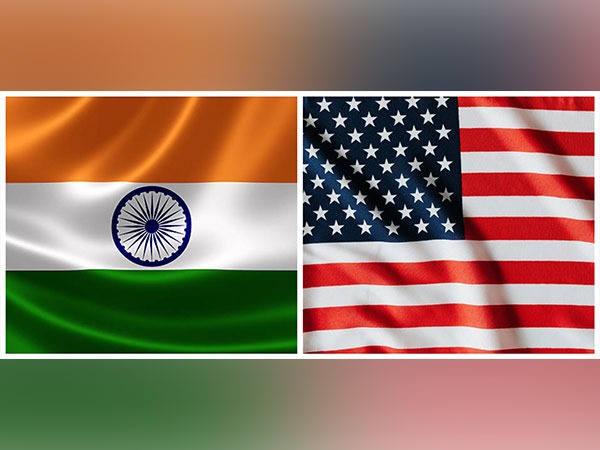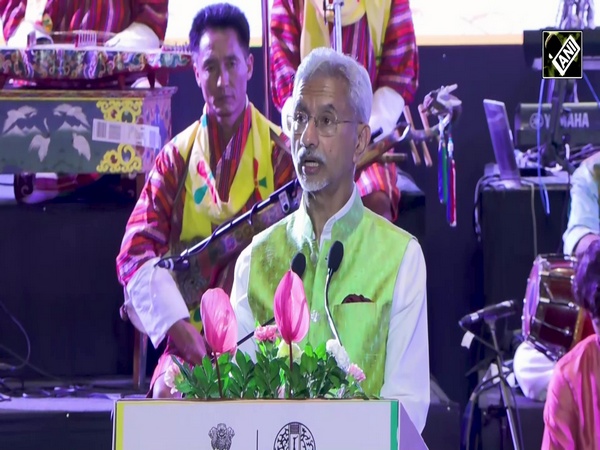An objective take on the Redseer Report on online festive sales: Shriram Subramanian, InGovern Research Services
Oct 11, 2022

Bengaluru (Karnataka) [India], October 11 (ANI/BusinessWire India): The Redseer report on online festive sales, released on 6th October 2022, shares an overview of the performance of different E-commerce platforms during one of the busiest periods in the Indian online retail space, that is, 22nd to 30th September 2022.
Among other findings, it claims that Walmart-backed Flipkart led the market share in terms of market volume, followed by Meesho and only then Amazon. However, in GMV terms, Flipkart and Amazon accounted for 88 per cent of customer spending.
While the Redseer report tries to provide insights into the online spending by customers and performance of various Ecommerce players, there seem to be many shortcomings in the research:
Methodology - The research methodology seems to lack rigour with very few data dimensions and data points. The number of data points used, like Consumer Surveys, Seller Surveys, Partner Surveys, Big Data Sources, etc are given as that for the past one year and said that same approach was used for festive season.
Lack of Primary Data Points - While the report uses its own secondary research data dimensions, it does not include any primary data or any other data that has been sourced directly from the platforms.
GMV vs Volume - The study confuses the reader by using GMV and Volume. The right metrics should be GMV, net sales and profitability. Volumes, as a metric, is misleading as high volumes, low-value items tend to be sold on Meesho compared to on Flipkart or Amazon, leading to distorted measures. If all other platforms accounted for only 12 per cent of GMV spend, it is not clear how Meesho could have over 21 per cent of order volume, while Amazon with over 26 per cent of GMV spend is supposed to have lower order volume. Order volume is not the right metric.
Point Data versus Trend Data - As the report does not outline the market shares of the past years and of past sale periods, it is difficult to discern as t o whether the data of this one week is a flash in the pan.
It is easy to fathom that majority of Indian e-commerce shopping spend would have been on high-trust platforms like Flipkart and Amazon. Also, a bulk of traditional shopping happens during the Diwali sale period. With many of these platforms having extended sale periods and customers' increasingly spending online and exploring new product categories, the future of Indian e-commerce is bright.
This story is provided by BusinessWire India. ANI will not be responsible in any way for the content of this article. (ANI/BusinessWire India)



















